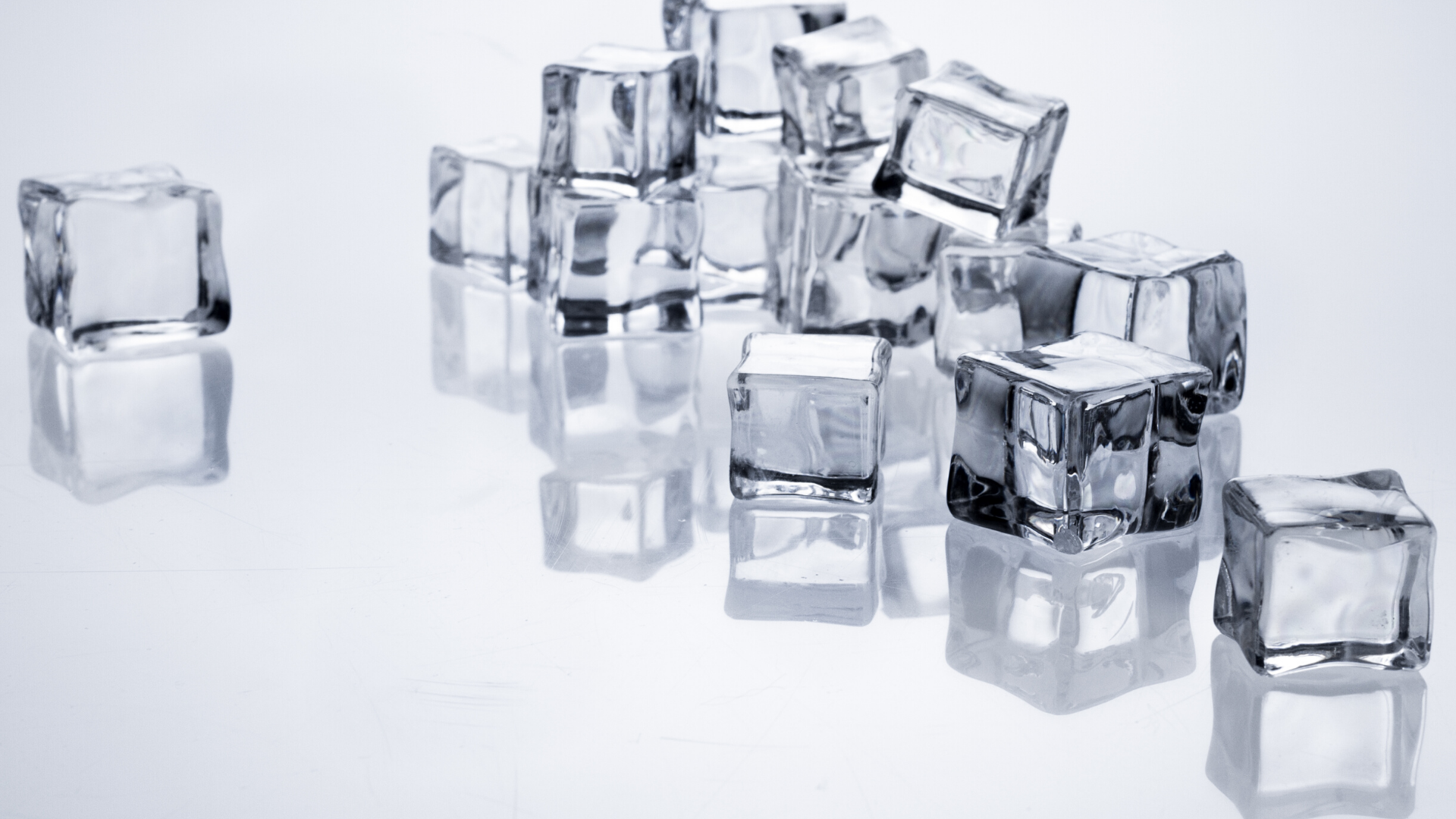The Science of Ice
Ice plays a vital role in the foodservice industry, offering an indispensable way of both keeping food prep items chilled and cooling customers' beverages. The quality of your ice is especially important for the second of these purposes. If the ice that goes in drinks doesn't meet stringent quality guidelines, it may leave a bad taste in your customers' mouths — both figuratively and literally.
Unfortunately, restaurants and beverage sellers often fail to appreciate the importance of good ice. If you would like to learn more about why not all ice is created equal, keep reading. This article takes a closer look at the science of ice, both in terms of the main ingredient — water — and the different technologies used to produce ice cubes.
Ice Is More Than Just Water
On the surface, ice has just one ingredient: water. In a perfect world, that water would be completely pure. In other words, perfect water would consist of nothing more than the oxygen and hydrogen atoms that make up a water molecule. In the real world, however, virtually all water contains some degree of contaminants.
Such contaminants fall into two major categories. The first is simple dirt that may be present in the water supply used to make the ice. The second goes by the name of total dissolved solids, or TDS for short. TDS are composed primarily of things like minerals, salts, and organic matter, and may include any of the following substances:
- aluminum
- calcium
- chloride
- fluoride
- manganese
- magnesium
- sodium
The Environmental Protection Agency suggests that TDS in drinking water should not exceed 500 parts per million. Even if the TDS of the water used to make ice remains safely below that threshold, those unwanted contaminants may end up affecting the quality of your ice.
For one thing, they can cause the ice to take on a white or cloudy appearance. They may also negatively impact the smell and/or taste of your ice. The resulting bitter or chemically off-flavors can ruin the quality of the drink itself.
Ice Machine Technology
The simplest way of making ice involves filling up ice cube trays. While fine for at-home uses, this method simply isn't practical for businesses. That's where commercial ice machines come in. These appliances work using one of two technologies: vertical evaporators or flooded evaporators.
Vertical Evaporators
Vertical evaporators work by circulating water over a vertically-oriented evaporator plate. Water drips off of the plate into a special catch basin, and is then recirculated back over the plate from the top. As this process continues, ice gradually builds up on the plate, eventually forming cubes of the appropriate shape.
Vertical evaporators are considered the best technology for creating highly pure ice, since they reject most of the TDS and sediment present in the water. As water flows over the plate, these contaminants expelled out of the stream, running safely out through the drain. Used in conjunction with a high-quality filter, a vertical evaporator can produce ice of excellent quality.
Flooded Evaporators
Flooded evaporators create ice in a much different way. At the core of this technology is a screw-like device. As this device rotates, water moves upward, gradually turning to ice. By the time it has reached the top, it has formed into distinct cubes, which are pushed out the mouth of the ice machine.
Unlike vertical evaporators, flooded evaporators do not have a way of expelling contaminants as the ice forms. As a result, these machines tend to produce ice that has a cloudier appearance. For this reason, installing and maintaining a good water filter is especially important when using a flooded evaporator ice machine.




